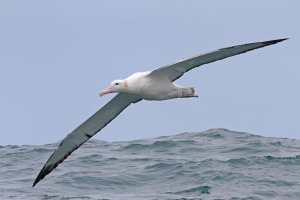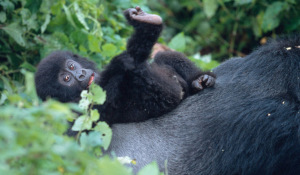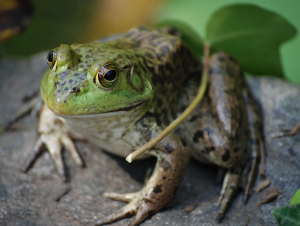How Could It Be? Marine and Other Wildlife Habitats in Very Big Trouble!

The marine environment is under attack, globally. First news: regional. Second: global.
While the spotted sturgeon are resurgent in the Chesapeake Bay, the rockfish population has fallen. For more, click here.

What’s caused me to post is news today: “Humans have killed off half the world’s animals.” From 1970. Only two generations.
Besides over-fishing and over-hunting, issues of long-standing, habitat degradation is the other considered by the World Wildlife Fund (WWF) to be the “main culprits.” So, anyone attuned to global warming probably knows, for instance, that ice caps are melting at an unprecedented rate with sea-rise as a result. But, half the world’s animals?
Tell me WWF has over-reached. No peer review, maybe? Anyway, here’s the illustrated article from today’s Washington Post.
From the WWF report, the Living Planet Report 2014, comes this: “Humanity currently needs the regenerative capacity of 1.5 Earths to provide the ecological goods and services we use each year.” GHGs, particularly CO2, are once again a major culprit in habitat destruction.
Can we reverse this trend? The precipitous decline in various fish populations native to the Adirondack Mountain lakes was reversed by the effects of the Clean Air Act.
But, we’re talking global. Who, as in what developing country, wants to “suffer”? And, what about u.s.? According to the WWF summary booklet: “The steepest declines [in marine species] can be seen in the tropics and the Southern Ocean – species in decline include marine turtles, many sharks, and large migratory seabirds like the wandering albatross.”

The full report may be downloaded from this WWF webpage. Just below the Download button is an offer to read the booklet summary.
These beautiful “relatives” in Virunga National Park in the Democratic Republic of the Congo are threatened by oil exploration concessions for 85% of the park. Others wildlife vulnerable to that habitat degradation include innumerable species of birds, reptiles, amphibians and plants.

For the common frog and other fresh water species, the decline is 76%! This precipitous decline is due to: “habitat loss and fragmentation, pollution and invasive species. Changes to water levels and freshwater system connectivity – for example through irrigation and hydropower dams – have a major impact on freshwater habitats.”